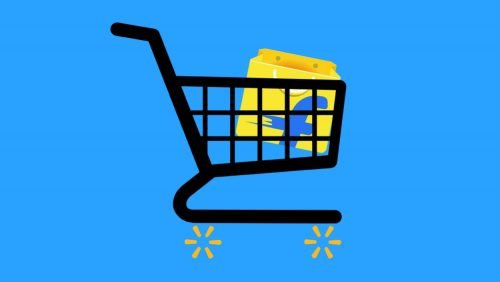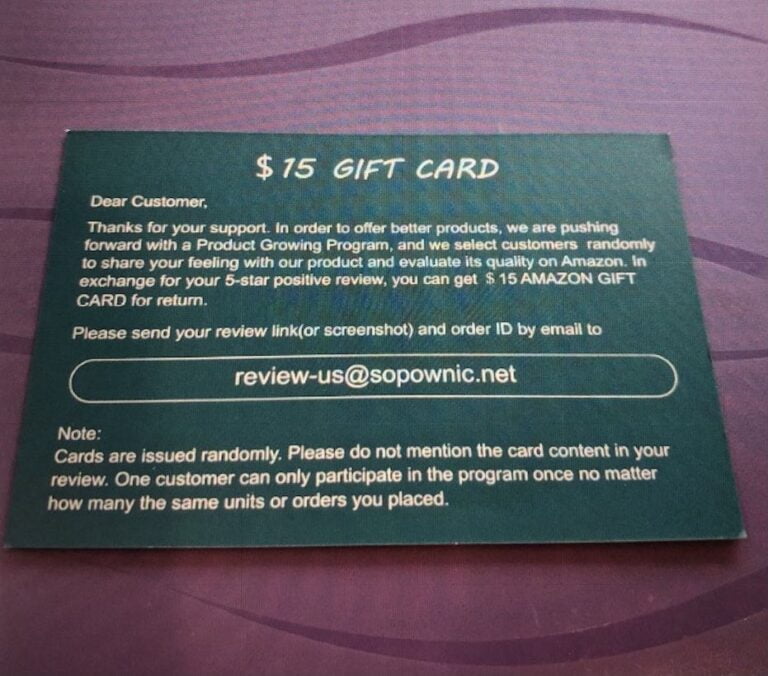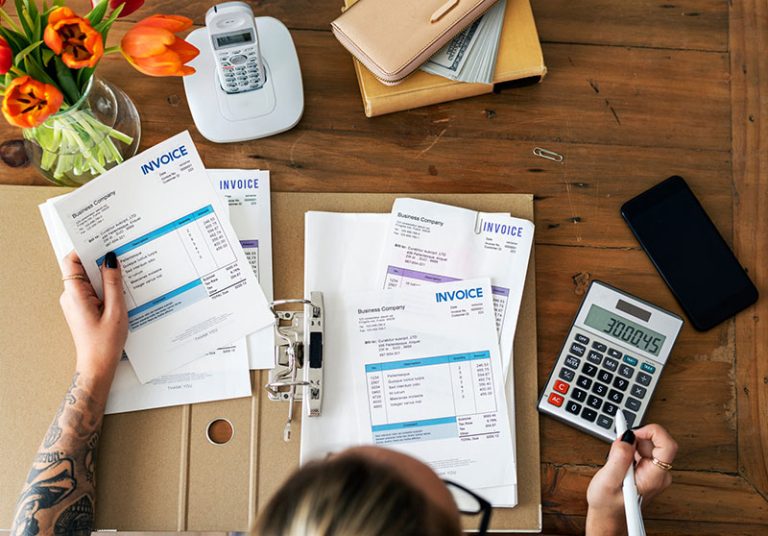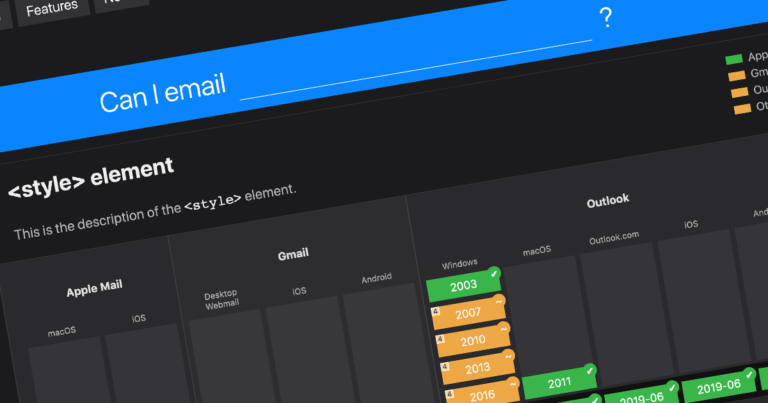
In a huge online marketplace like India, large e-commerce companies have to manage millions of orders and payments round-the-clock. Flipkart is one of the biggest players in India’s e-commerce landscape, capturing the shopping interests of over 250 million users. Every passing year, the e-commerce giant makes an annual revenue of over US$ 5 billion (approximately ₹ 35,500 crores). Managing million-dollar payments every day is a major accomplishment in itself. Like you, most of us wonder how payments are managed by Flipkart, especially when it enables us to use nearly a dozen payment options.
Flipkart has been highly profitable ever since it set foot in the market. In 2018, the company’s monumental growth led to its acquisition by Walmart, the world’s biggest shopping conglomerate, for a stake of 77%. Today, the Walmart-run Flipkart manages its payments efficiently in multiple ways.
Also Read: How Can Excellent Reviews On Flipkart Lead To Increased Business?
How Are Flipkart Payments Managed?
Table of Contents
To understand how Flipkart manages its online payments, you need to understand the process that takes place between a seller and a buyer. Managing payments made by the buyers is relatively easy. However, the seller-side payment management processes are a bit complicated. The following are the key practices and important tools used by Flipkart to manage its payments.
Key Transaction Processes
Flipkart offers multiple payment options. You can use e-wallets, credit cards, debit cards, Unified Payments Interfaces (UPIs), and net banking to make your payment. Flipkart’s new feature “Flipkart Pay Later” also offers financing options. You also get a Flipkart Cardless Credit to make your payment process super-easy.
Also Read: Best Way To Merchandise Products On Flipkart
For sellers, Flipkart makes payments via National Electronic Funds Transfer (NEFT). Every seller needs to register its bank account with the Flipkart portal. This bank account needs to be a current account in order to keep the transparency of business payments for taxation purposes. As a seller, you can also reap the benefits of prepaid and postpaid transactions for your top-selling products.
Commissions and marketplace fee
Flipkart makes separate payments to each seller account. Initially, the money earned from selling products gets listed in the seller account dashboard. When this amount is a positive figure, it gets transferred into the sellers’ bank accounts. If there are any product returns, then this amount is displayed as negative, and thereby not transferred into the bank accounts.
Also Read: How To Benefit From Sales Promotion On Flipkart
On the total value of the ordered item, Flipkart charges a marketplace fee. For example, if your product is sold for ₹ 1,000 on Flipkart, then the marketplace fee could be around ₹ 200. Now, the payment liable to you would be ₹ 1,000 minus ₹ 200, which would be ₹ 800 in this case. This amount is then processed further for bank transfer through NEFT. And, the breakup of Flipkart’s marketplace fee includes its commission fee, fixed fee, collection fee, and shipping fee (plus taxes).
Also Read: In Business With Flipkart: How To Negotiate Terms As SMEs
One of the biggest advantages for sellers in doing business with Flipkart is its unified payments dashboard. It helps sellers with controlling their pending payments and processing their product-return issues. Key categories such as Flipkart Fulfillment payments, seller protection fund (SPF) payments, and fees for advertising services are made accessible on the dashboard. Here are the key tabs on the dashboard that help you manage your payments better:
- Overview: Get details on the payment dues, previous payments, held-back payments, and new orders.
- Transactions: View the list of transactions made, the monthly/weekly summary, and a completely-transparent record of commissions calculated.
- Statements: Generate account statements for postpaid and prepaid transactions, and get details on the net settlement amount.
- Previous Payments: Take an overview of your financial situation for the past fiscal quarters.
- Invoices: Procure invoices for every payment transacted and claim TDS on your annual IT returns.
Also Read: Flipkart Seller Dashboard – Simplifies Data Organization
The dashboard provides details on Order ID, Item ID, order status, settlement dates, refunds, and recall fee. Your net settlement amount is also processed on the grounds of current sales amount, pick & pack fees, service taxes, and SPF payouts.
All’s well that ends well
You must markedly remember that the marketplace fees vary from product to product. Flipkart also optimizes its marketplace fees based on its discounted sales and offer prices. Basically, the highly-accurate and transparent payment cycle helps Flipkart manage its cash flow with maximum efficiency. There are no instances of transactional data loss during payment processing. The e-commerce leader also makes sure that every seller gets the due amounts paid in a regular and timely manner.
Also Read: Why Flipkart Should Be A Preferred Choice If You Are Thinking Of Taking Business Online?
If you want to become the next successful partner and you’re looking out to get some SME loans, Indifi is your one-stop. With industry experts venturing into new approaches, you don’t want to be left behind! One of the leading names in the business, Indifi is a technology platform that ensures the success of small businesses by providing them with financial support and the know-how to run a profitable business.
Also Read: Retaining Customer Loyalty Through Flipkart






